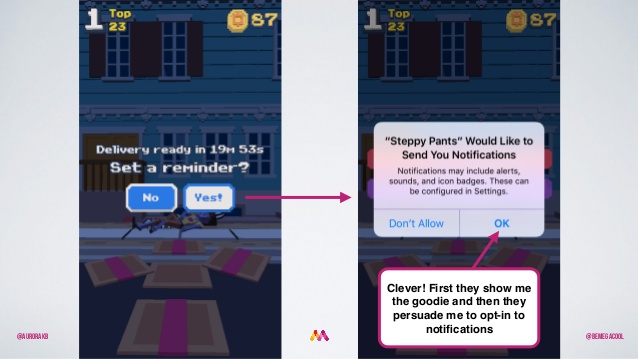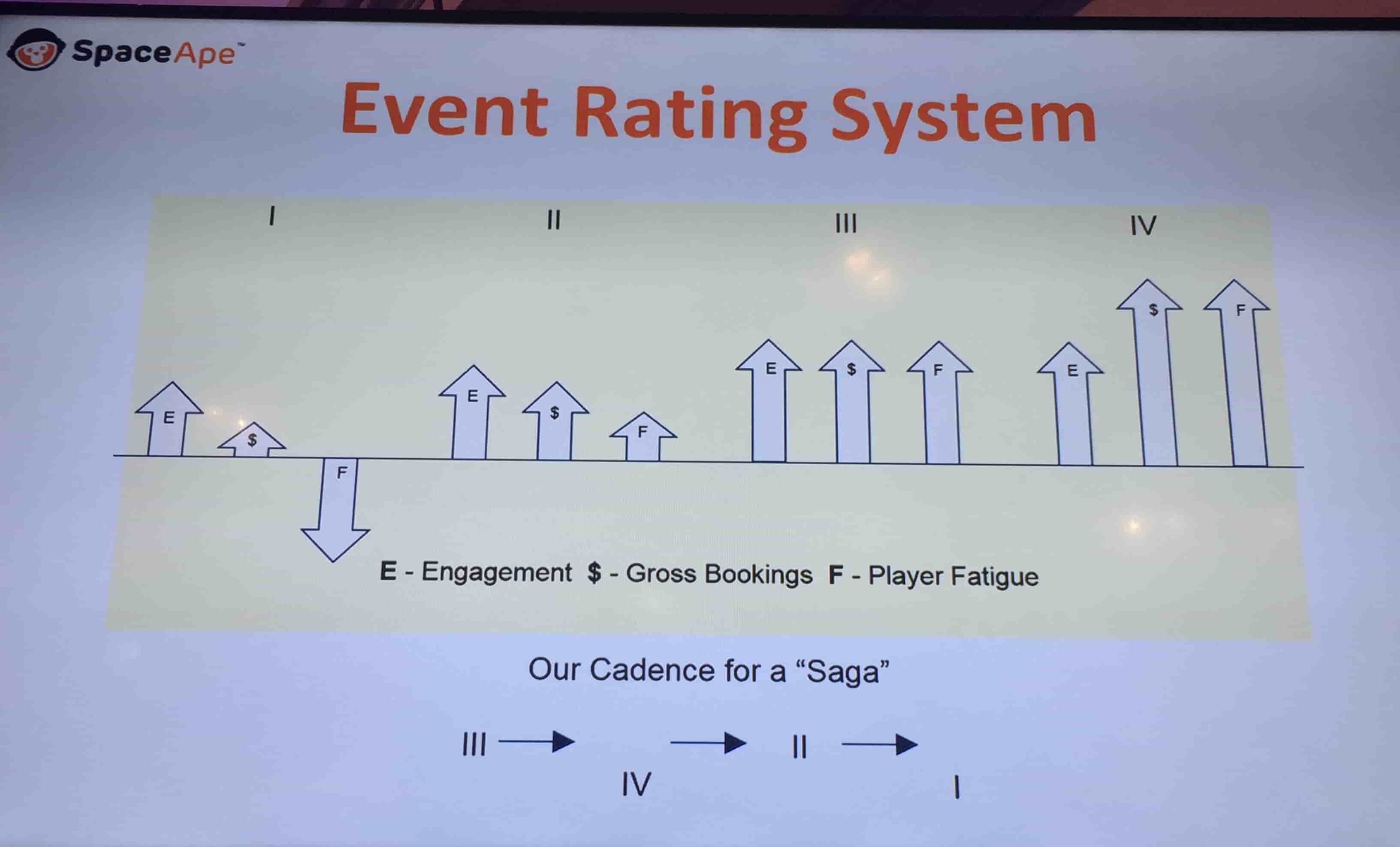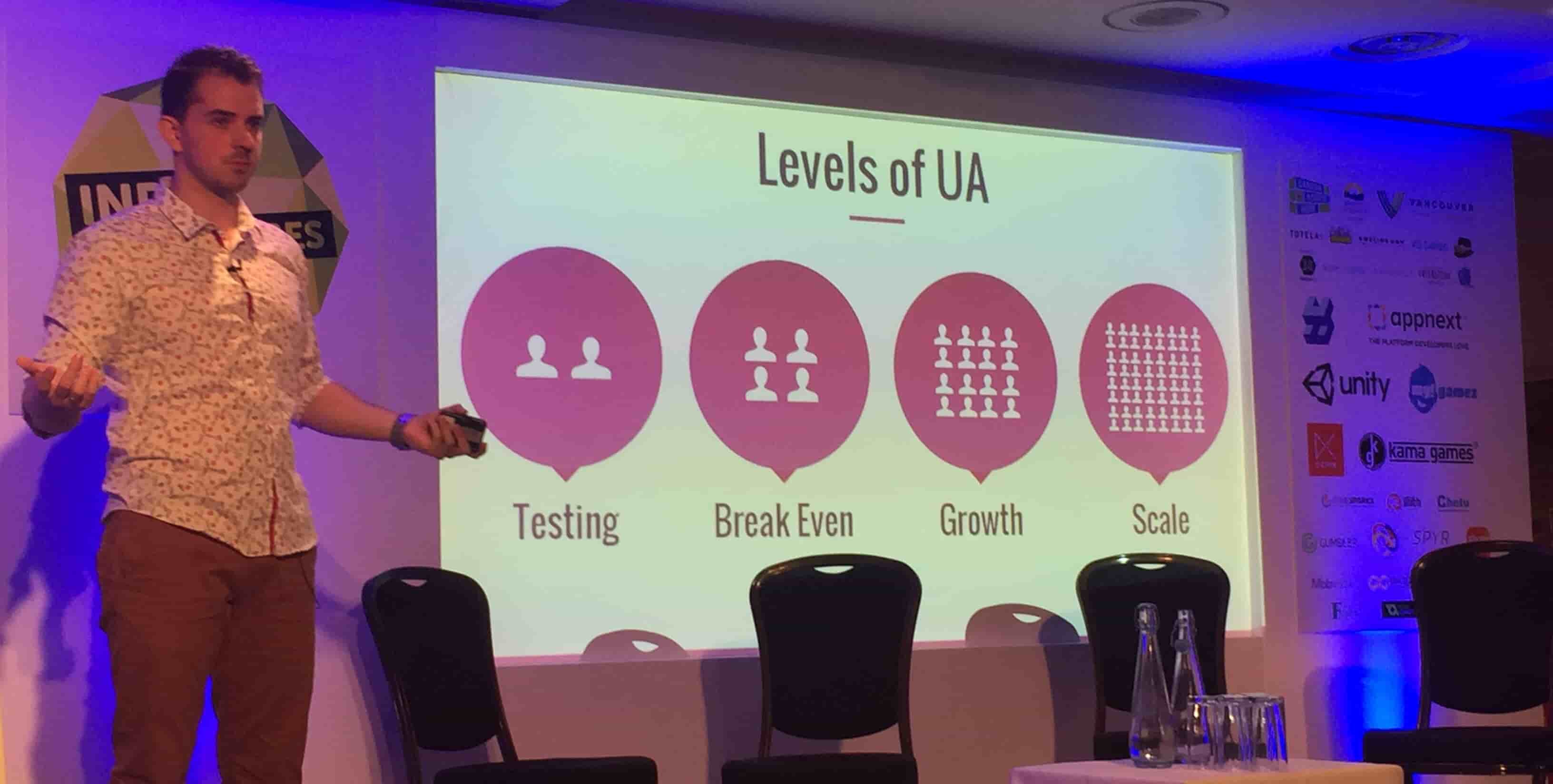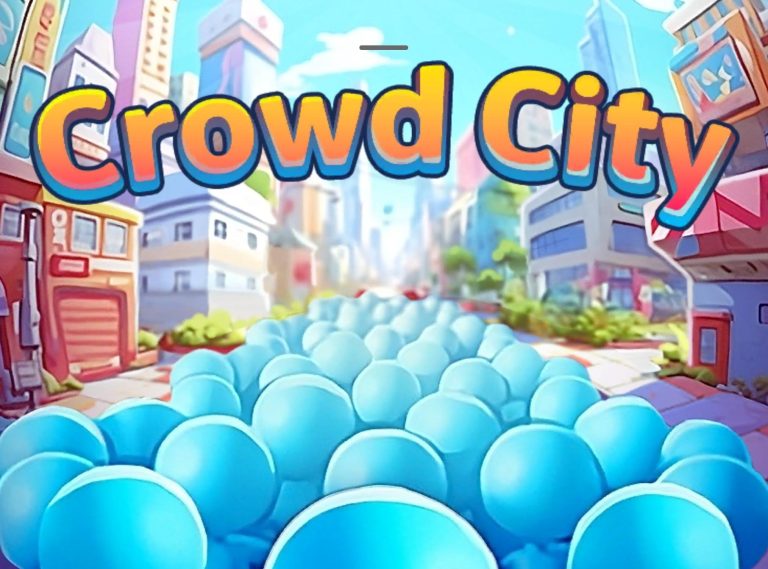PocketGamer has done their due diligence in gathering and exploring the best missions, the best lessons, and the best people of the mobile game development industry. This effort culminates in four annual events, taking part in four majorly separate markets, each with their own high-functioning industry. Every year, developers, advertisers, indies, and students gather in London, Bangalore, Vancouver, and Helsinki.
The two-day event (normally) sees a handful of different tracks, ranging from Indie Adventure, to Global Publishing, Monetization, Brilliant Britain, and Mobile Games University. Once again, the group at Steel Media (organizers of PocketGamer events) outdid themselves with their all-star lineup of major publishers and killer indies from the Mobile Gaming industry. So while the big guy is busy speaking on public radio to champion mobile development, I hopped the pond to soak in the UK’s best congregation of mobile devs.
As expected with events such as these, parties and social gatherings proved to be an awesome source of knowledge, and as we have a client currently seeing interesting results while soft-launched in the UK, it became extremely valuable to share a social moment with PGC London attendees and speakers. I came home with an abundance of information.
I’ll be running down the biggest takeaways from my days (and nights) of learning at PocketGamer Connects in London, England.
Postponing Pushing for Push Notifications
There’s one key that seems to be ignored when it comes to the opt-in process, and where it should go. The practice is to continue the same trend that we’re all used to right out of the gate, that front-facing permissions flood, which is kind of backward. We make games and create things to encourage fun, build businesses, and contribute to an industry that conceptually fights against the “normal”. Yet for years, everyone making an app/game has instinctively placed their opt-in option right at the launch of their app, because “that’s where everyone else has put it”. The problem is that this method gets poor results, which is why there are a few skeptics out there that have come forward and put thought into the design of this process. So on top of your email retention tactics, think of this; Don’t just get it all over with at the beginning.
The initial launch and interaction shouldn’t be weighed down with all of those permissions, especially as the value is not presented. Through years of app use and constant requests for permissions, most players have become numb to the idea and will either select ‘Yes’ or ‘No’ without even reading the details. Eight times out of ten, they press “no”.
Having players opt-out of your push notifications officially kills your easiest avenue of retention. It’s dead. Sorry. In an ecosystem that consists of Launch → Improve → Grow → Retain → REPEAT, and cutting one of those major pillars out of the equation will ultimately destroy your chances to succeed.
Instead of risking people pressing “Decline”, why not wait until you can actually show them how opting IN to the Notification feature will benefit them. More often than not, games have very useful notifications, especially if you were to narrow your focus to farming games or anything with a timed chest/gotcha. Yet people shut them off, mostly because they aren’t clearly presented with what they offer; they see it as another ask in a line filled with questions. You can’t really blame them.
The chances of players opting out are increased if your app/game requires additional permissions, such as Camera access because mashing the same answer is the fastest way to get to the product/game they’ve just downloaded and hopefully are excited to experience.
So what’s the optimal approach? Engage players when you have something to offer. It can even be during the tutorial process. Gain a feel of when your game’s notifications become relevant, and THEN ask for the opt-in. (see image ABOVE for a highly effective way to do this. Courtesy Aurora Klæboe Berg of Megacool.
“60% of players that don’t come back within the first 7 days will never return,” says Andrew Birnbryer, SVP of advertising and UA at Applift, and losing your best avenue of reminding players your game exists can drastically increase that percent. Birnbryer also went on to mention that 23% of all users abandon an app after their first use, which is particularly where retention via notifications can help. Aurora Klaeboe Berg (Megacool) said that if you aim to present players with the opt-in for push notifications near the end of their first session, it will greatly increase your opt-in percentages.
Also check out our very own Peter Knudson’s article on Timers, Opt-ins and Chimes.
Do: Give players value in notifications and you will get the opt-in.
LiveOps & The Terrible Player Burnout
Many titles in the current form of Mobile gaming run on a Liveops system. It’s more fluid, more resourceful, and keeps content generation at a high, which is a premium in extending the lifetime value of a game.
The problem then becomes designing syncs for your player’s resources and currency, and this can be tricky. Few truly succeed at this sort of dynamic player engagement without also injecting a certain staleness to their content, which amplifies the burnout rate of players taking part.
In many cases, engagement is drawn through in-game events, whether it be via PvP, PvE, or contests where in-game actions accrue points which are then ranked for prizes (an indirect PvP, if you will). Some studios will push out new contests once or twice a week even. Setting up a player through story progression to best attack a competition is what prolongs the lifespan of players in games where hundreds of play sessions take place per player every month. Sure, you could also build a stream of never ending story content, but it was discovered early that competitions are more sustainable and, of course, more exciting for the players.
A common mistake seen in these designs is that ‘player burnout’ is not considered when planning in-game competitions. Teams will sit down and design a dozen different kinds of competition, with various in-game actions to gain points and unique ways to climb those leaderboards. In this case, the fault generally lies in the difficulty.
In order to avoid burnout, you mustn’t ignore the players need to recuperate.
“In-game events are crucial to the retention and monetization cycle”
– Nick Mansdorf, Space Ape Games
While designing the competitive systems in both Transformers: Earth Wars, and Rival Kingdoms, Space Ape focused a majority of their efforts on building a cycle that retained core players and specifically avoided burnout. “When creating different, have different purposes for each,” said Mansdorf. Some are for monetization but may result in heavy fatigue, while others are for engagement and easier on the user to ensure retention and reward without player fatigue” added Mansdorf.
Having multiple event types (at least from the player’s perspective) with specific goals to each ensured a high participation rate and proud retention numbers. As you can see in this photo (ABOVE), there are four types of events according to design. Utilizing them in a specific order ensures retention and player happiness.
Think: Why would a player take part? What do they gain? What do they lose? What is the purpose of this event? Make a strong system and repeat it. The content should remain fresh, but the rating system should remain fundamental to the design process of each.
Dynamic Pricing: Addressing Each Need
A global market deserves global pricing. Beyond the geographical adaptation of prices for the strength or weakness of the local currency, there’s a new trend in town; dynamic pricing.
Picture Player A, and Player B, both playing the same game relatively near each other (in the same country, using the same currency as one another). Now suppose Player A isn’t as keen on your game as B–maybe they’ve got a few titles in their rotation, and they might launch your game once a week–so they’re a lot farther behind the dedicated pack. Player B is a die-hard. They are the group recording up to five play sessions daily. However, the current structure of in-game pricing means that both players see the same price for everything. Currency aside, what you sell in-game means different things to these two very different players.
Some companies are offering a dynamic way to engage your player base; by collecting cohorts of players based on level, play style, and actions, you can target your most engaged players separately.
The possibility to offer players what they want, when they want it, for a price they’re willing to pay for it is a premium. Dynamic pricing company Gondola says that they’ve seen a 7-12% rise in ARPU (also see: AC&A Increased Sushi Mushi’s ARPU by 295% With These Four Techniques)
after introducing relative functional prices. They can even adapt the output of reward videos–which are another trend in in-game revenue–which can greatly raise the engagement rate on your video ads.
Do: Build stronger rewards and more relevant price points for each “alike” player cluster.
UA for the Modern Indie
In what (from the outside) might look like a grown-ups game or something that only larger studios must tackle, User Acquisition can be daunting. That said, it most definitely shouldn’t be ignored.
A lot of groups will hesitate to engage in UA practices until they’ve built a ground of success, and the truth is by that time, it might be too late. As I’ve learned, it’s never too early to begin at least the first stage of a UA roadmap. In another great talk at PGCLondon, Gabriel Sturmer of Cupcake Entertainment described the perfect path for UA as an Indie. Let’s break it down.
The only way to get your feet wet in UA is to do it. It’s like wine-tasting; you can’t just plan, you have to taste. Small studios have small budgets, and what we heard multiple times throughout the event is that any studio, regardless of size, should be reinvesting 5-15% of their budget into UA.
Testing – During this stage, your only goal is to get a grasp on your market. If your game isn’t aimed at a niche market already, you’re going to have to boil those larger pots down into something conclusive and strong. Test everything. Age ranges, demographics, geographical locations, income, household sizes, interests, and current games played. Do it all. Spend that cash to acquire the clearest description of your strongest market.
Break Even – Though testing can be stressful and a bit of a money dump, the outcome is nearly always a break even. The retention and conversion seen in-game will eventually match and exceed what you spend, making more possible, and your UA profitable.
Growth – This is the stage where the walls grow a little wider in all aspects. Included in this growth period are your team, your audience, your budget, and your goals. Some studios can thrive having minimal hands being attentive to your UA, but that is a rarity and not a stable thing to bank on. So you will need more people. You will even need to branch outside of that calculated audience you determined through phase 1.
Scale – Bump those numbers up. On every aspect. Obviously, these growth steps only come with marginal success. Your growth stage doesn’t necessarily mean spending more money on UA, but this one does, which is why all of the examples of advice for how much to spend is presented in percentages instead of dollars. As your game and your accounts grow, that 5-15% can net you a larger slice of users than before.
Be smart and considerate to your audience. Don’t grow for the sake of larger numbers, rather grow with strength.
“It’s better to have 100 people that love you than finding 1,000,000 people that just sort of like you.” – Paul Graham, YCombinator
Do: Grow with purpose and concentrated target audiences. Spend 5-15% of funds on UA.
Mobile Games Market in 2017
It’s hard to put a pin in 2016 and look forward to the year ahead of us, especially considering the rise in the games industry business seen in 2016.
2017 is going to see the continuation of a free-to-play trend–or take over, whichever way you want to look at it. There will be a need for platforms such as HATCH (made by ex-Rovio developers) which runs a subscription service for premium titles on mobile. Think Netflix for paid mobile games.
The app store sales leaped up 40% in 2016, and topped out over $28 Billion. It will grow steadily during the course of this next year. Most likely topping the previous numbers recorded.
Reward ads will continue to gain popularity, as will in-game brand integration.
As with any market, growth breeds strength. Recent market data supplied by Applift says that each mobile phone only contains 5 heavily used applications–and you’re still competing with the big boys like Facebook and Snapchat–so the mountain to climb is high. Eric Seufert of Heracles made mention in his UA Megatrends panel that 49% of mobile users download ZERO new apps per month.
So here’s to 2017 where the competition is stiff, and the apps are fantastic!
If you’re looking for more insights on current app store hits be sure to subscribe to our Compulsion Loop newsletter for weekly highlights // And feel free to contact us if there is anything you’d like to learn, or if any of the things we do pique your interest.







